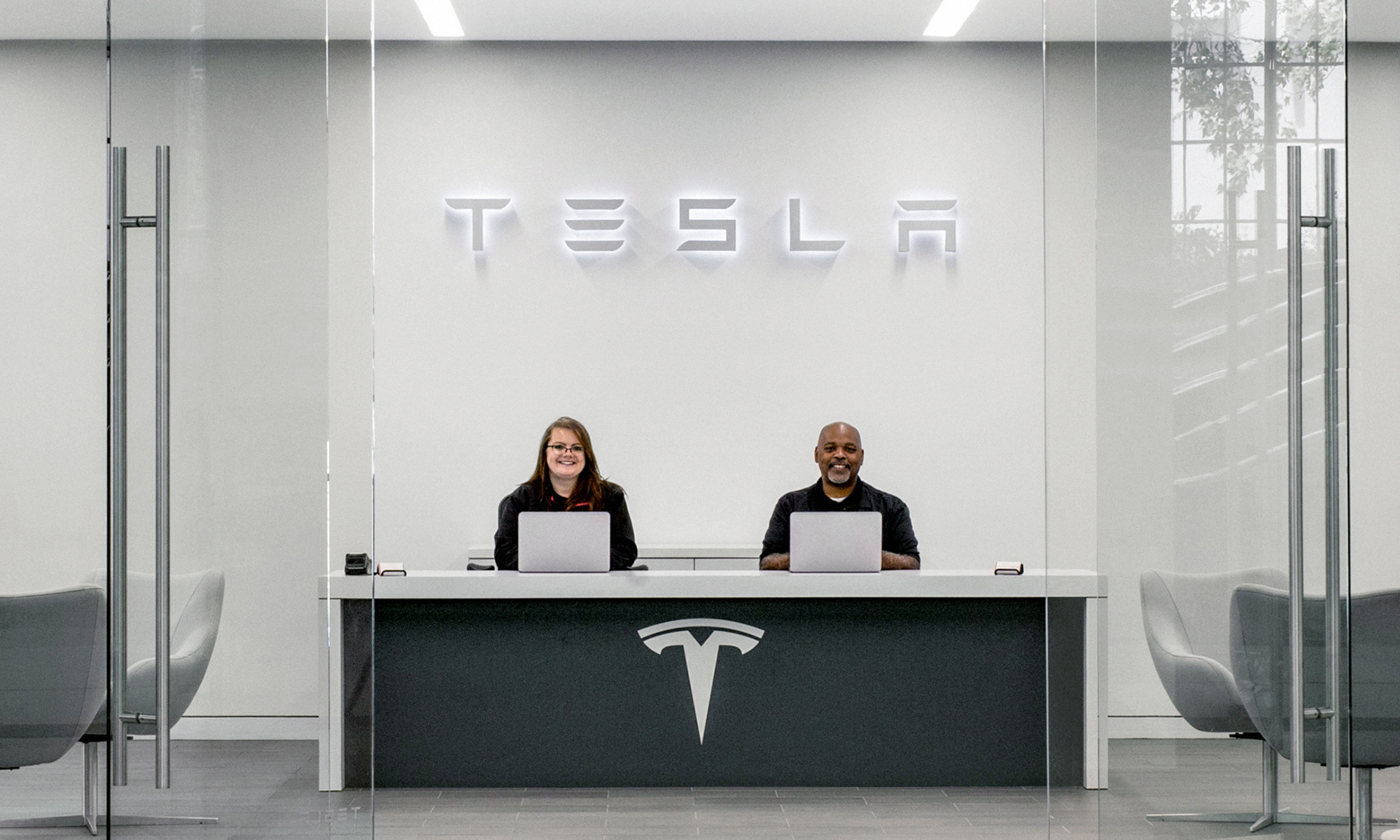Tesla (TSLA +0.73%) has been in the spotlight lately, as its stock has soared so far in 2020. In less than two months, the stock has more than doubled, closing above the $900 per-share mark and leaving most investors scrambling to figure out what's likely to come next.
In mid-February, after the share price had already risen substantially, Tesla decided to do a secondary stock offering with the idea of raising about $2 billion. Although the $767-per-share price for the offering came at a significant discount to where shares had traded immediately prior to the announcement, the electric-vehicle maker still successfully demonstrated that there was ample demand among shareholders to buy Tesla stock at lofty levels. Moreover, those investors who participated in the secondary offering have gotten a nice profit, as the stock has moved even higher.
Yet as profitable as the purchases have been for those new shareholders, there were some other, less obvious winners from the Tesla stock offering: the institutions that underwrote the deal. Not only did they please their customers by providing them discounted shares of the electric-car company, but they did so without bearing any risk whatsoever.

Image source: Getty Images.
Who are Tesla's underwriters?
The table below names the underwriters that participated in the offering:
|
Parent Company of Underwriter |
Initial Allocation of Shares |
Option for Additional Shares |
|---|---|---|
|
Goldman Sachs (GS 0.56%) |
884,938 |
132,740 |
|
Morgan Stanley (MS 0.94%) |
361,363 |
54,204 |
|
Barclays (BCS 1.39%) |
333,097 |
49,965 |
|
Bank of America (BAC 2.17%) |
192,567 |
28,885 |
|
Citigroup (C 0.56%) |
192,567 |
28,885 |
|
Credit Suisse (CS +0.00%) |
192,567 |
28,885 |
|
Deutsche Bank (DB 0.85%) |
192,567 |
28,885 |
|
Wells Fargo (WFC 1.84%) |
192,567 |
28,885 |
|
Societe Generale |
107,767 |
16,166 |
Data source: Tesla SEC filing.
The numbers in the first column represent how many shares each underwriter was required to find buyers for. If the underwriters couldn't find someone willing to purchase those Tesla shares, then they would still be contractually obligated to buy them from Tesla and hold them for their own account.
However, the numbers in the second column show how many extra shares underwriters could choose to buy if they wanted to. It's typical on Wall Street for underwriters to get an option to buy 15% more stock.
What underwriters do with their overallotment option
You might think that just having that option is enough for underwriters to win every time. After all, if the stock price goes up, they can buy those extra shares at the lower offering price and get an immediate profit. If the price goes down, they just choose not to exercise the option. In that case, they don't make any extra money, but they don't lose any, either.
However, what underwriters typically do instead is to oversell shares in the offering itself. So for instance, Goldman Sachs likely sold not just its 884,938 share initial allocation, but also most or all of the optional 132,740 shares, as well. This amounts to the same exposure as short-selling a stock, but the overallotment option protects the underwriter from losses. Specifically, here are the possible scenarios:
- If the share price goes up after the offering, then the underwriter is still on the hook to deliver extra shares to its clients. However, rather than paying the higher market price, the underwriter can exercise its option and obtain more shares directly from the issuing company at the offering price. The underwriter doesn't end up making any money from the stock price move, but it does earn a commission from the sale.
- If the share price goes down, then the underwriter can buy cheaper shares on the open market to deliver to its clients. That creates a potential profit for the underwriter, which then can choose just to let the option expire unexercised if the stock price stays low.
Pay attention to stock offerings
It's tempting to think that stock offerings are all about the company that's actually selling the stock involved. However, underwriting offerings is a big business, and Wall Street companies have done a good job of negotiating favorable provisions that can make them extra money.
In Tesla's case, the soaring share price has largely hidden the no-lose opportunity that underwriters got through the electric-car company's offering.













